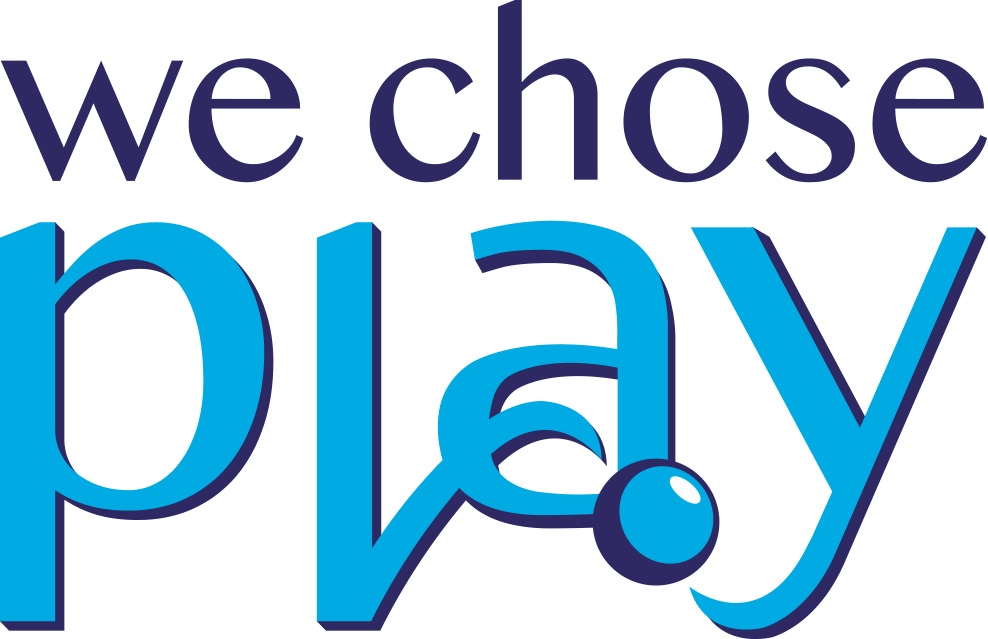What a great fortune that the url affectautism.com was available! I thought of the name during one of my DIR certificate courses. In the videos I’ve seen, Dr. Stanley Greenspan spoke so eloquently about affect within the relationship with a primary caregiver. We aim to positively and respectfully affect (the verb) or promote, support, and guide our child’s growth and development using affect (the noun).
I was long familiar with the concept of ‘relationship’ from my studies of Dr. Gordon Neufeld’s developmental attachment model for parenting even before my son’s brain inflammation. So when I stumbled upon the Developmental, Individual differences, Relationship-based (DIR) model, I knew this was the model for my family. It fit in line so well with Dr. Neufeld’s work.
Affect = Emotion
One of my course readings really solidified the concept of ‘affect’ within the caregiver-child relationship. Dr. Greenspan talks about the affective reciprocal interaction between caregiver and child and its importance in development. For those of you keen on reading more, the full paper can be found on the DIR/Floortime main website.
Affective = emotional experience
Reciprocal = back and forth
Interactions = between parent and child
Disclaimer regarding Neurodiversity and Dr. Greenspan's writings:
Sadly, Dr. Greenspan passed away before the neurodiversity movement really took hold but his colleagues are sure he would have readily embraced it. He was a psychiatrist who was trained and worked in a medical model that is heavily driven by a deficit-based philosophy. This came through in his older writings. However, what he presented the world was a very different way of thinking about early childhood development and autism. While he was presenting it from a medical-model lens, in many ways he was challenging that model from the inside-out and was incredibly progressive in his approach for his time. He promoted a strengths-based model that focuses much more on acceptance and not on normalization. This did develop over time and The International Council on Development and Learning, the home of DIR/Floortime, works hard to listen to and integrate the perspectives of autistic self-advocates into their curriculum, materials, and practice.
So what the heck is the Affect Diathesis Hypothesis?
Diathesis is just a predisposition to something. The Affect Diathesis Hypothesis is about the connection between affect and different processing capacities. Dr. Greenspan postulated that children diagnosed on the autism spectrum could have some predisposition—due to biologically-based processing—to not connecting affect (or intent) to their motor planning and sequencing capacities and symbol formation. (For now let’s just call motor planning, sequencing capacities, and symbol formation ‘learning’.)
That is, because they are predisposed to not connect affect with learning, it’s very difficult to have affective interactions in a neurotypical way, which is why autism was originally characterized as children without emotion. It’s not that they didn’t have emotion; it’s that they didn’t engage like neurotypicals in affect with others in a reciprocal way. We need to find out how that neurodivergent person prefers/is able to engage. Since Dr. Greenspan posited that engaging in a reciprocal way underlies social learning and development, he encouraged us to join the child (‘follow their lead’) to gain that important connection that fosters social learning and development.
Dr. Greenspan said there is a distinction, though, between the capacity to engage, and the capacity for affective, reciprocal interactions. He believed a lack of the latter leads to erupting, intense, catastrophic emotional responses. It’s hard to symbolize unmodulated, extreme feelings without them, meaning you miss out on the stages of human development that progress to emotional capacities and higher learning that enable communication of your needs to function in the world.
At the time, it was not accepted that affect was key for development. Dr. Greenspan shone light on this and gave us a road map for understanding how we can use that channel into the brain to promote growth and development.
In other words, Dr. Greenspan said that being affectionate and engaging with you is only the first step. The next is to build the capacity to have ongoing circles of verbal or non-verbal communication on a consistent basis to facilitate problem-solving and thinking, allowing the child to develop their skills for meaningful communication and self-advocacy.
Through our emotional interactions is how we learn. Learning has always been looked at as separate from emotions, but it is lived emotional experiences that influence how we can problem-solve, reflect and think. We apply what we learn emotionally to our cognitive world.
Similarly, we can only feel empathy if someone has shown empathy with us. Also, we can only feel love, closeness and intimacy if someone has been this way with us.
For symbolic formation to occur, Dr. Greenspan said that you need both perception and action. That is, you have a capacity for imagery and then combine it with intentions. Only then can you have symbolic meaning. This is a challenge for children who have catastrophic reactions because they cannot tie their overwhelming emotion with their reality.
So imagine this. Take the perspective of your child if you can. I feel this huge catastrophic emotional reaction and it is just that. I do not have a symbolic image in my mind and/or I cannot see that I can have an intention to do something about it.
Capacity for affective reciprocity enables regulation of behaviours and mood. And then you can use affect as a signal, so that when you feel an emotion coming on, you recognize it, and then can consider alternate actions to a catastrophic all-or-none reaction.
IMPORTANT DISCLAIMER! This is not to say that all catastrophic or all-or-nothing reactions are due to this challenge. Certainly, many catastrophic reactions are a result of trauma, when signals are ignored and people are not listening to you. This is a separate issue. DIR/Floortime only encourages respectful, loving, warm and nurturing interactions where we attune to our child, and it is child-led.
DIR/Floortime teaches you how to get those ‘circles of communication‘, as they are called—the affective reciprocity; the back-and-forth interaction with your child that need not be verbal—that are such an important part of development.
Now how many adults are not able to themselves use affect as a signal to adjust their own behaviour? Perhaps it’s even us as parents. And yet we expect this from our children at their current stage of development, no matter their age. It’s something to think about!
The DIR model addresses every one of these issues in such a straight forward, logical manner. It shows us how to take one step at a time and just be human. Our affect makes us human. We will get into all of this at Affect Autism.
I’m going to help parents grasp these concepts so they are in your back pocket. Together we’ll help our children move along developmentally as well as help each other in the process. So next time, we are going to start to delve into what the ‘D’ is: Development. It is the basis for moving forward.
Until next week, here’s to affecting autism through playful interactions!



